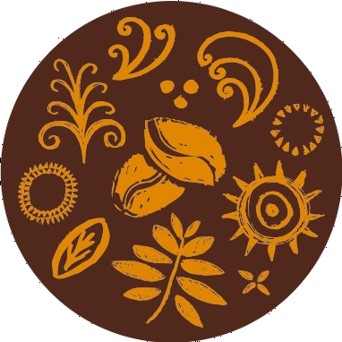A useful way to think about economic development in Africa is as an ecosystem, or as we have visualized it below, like a metro map. In our map, there are a number of different lines, which represent the nine big themes we have identified that group together trends. And there are the trends themselves, which are stations on the map. And, finally, there are intersections between trends.
One of most important trends that we an intuitively understand for the consumer sector is the change in Consumer Landscapes: the impact of urbanization, closer regional integration, migration patterns, the diversification of economic activity, the rise in incomes and the emergence of the middle class, poverty and inequality, the labor market (especially youth employment), the ongoing baby boom and the impact of rising life expectancy on demographics.
Together, these trends signal a seismic change. In Ethiopia, for example, the urban population will grow from just 6m people in 1990 to 60m in 2050, bringing tens of millions of consumers within much closer reach of infrastructure and services. Across much of Africa, the enfranchisement of a new and emerging consumer class holds the key to the growth of the consumer sector: in Angola or Zambia overall economic growth is not translating directly into a strong middle class because of income inequality. And underneath all of this, the demographics of Africa are changing substantially: some countries will remain powered by new generations. Others, such as Rwanda, where life expectancy has risen by more than 10 years in the past decade alone, will start to see middle aged and older consumers forming a recognizable and accessible market in their own right.
Our trend map captures measurable trends and some more abstract ones too: the pivotal importance of human capital and knowledge transfer to the sustainability of a true middle class; the hidden role of infrastructure investment and social cohesion; the underlying fragmentation of different types of economies as countries undergo financial and cultural revolutions.
The map ends up forming neighborhoods of sorts – in the top left a series of trends around economic maturity and adding value, in the bottom right the changing structure of society, in the top right the soft institutions and cultural renewal that will both accompany and catalyze the growth of the middle class.










